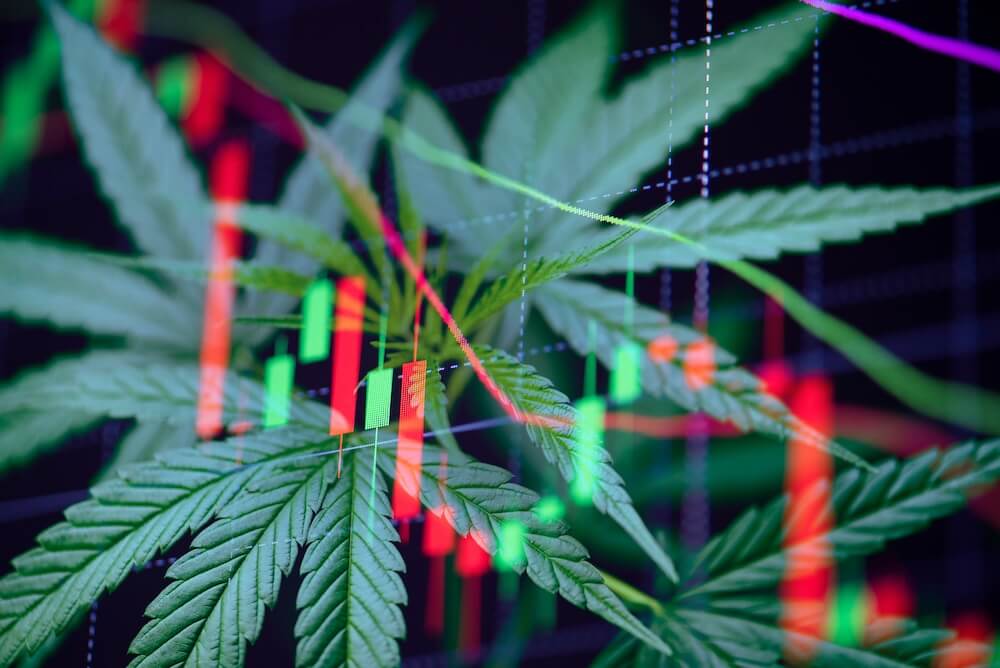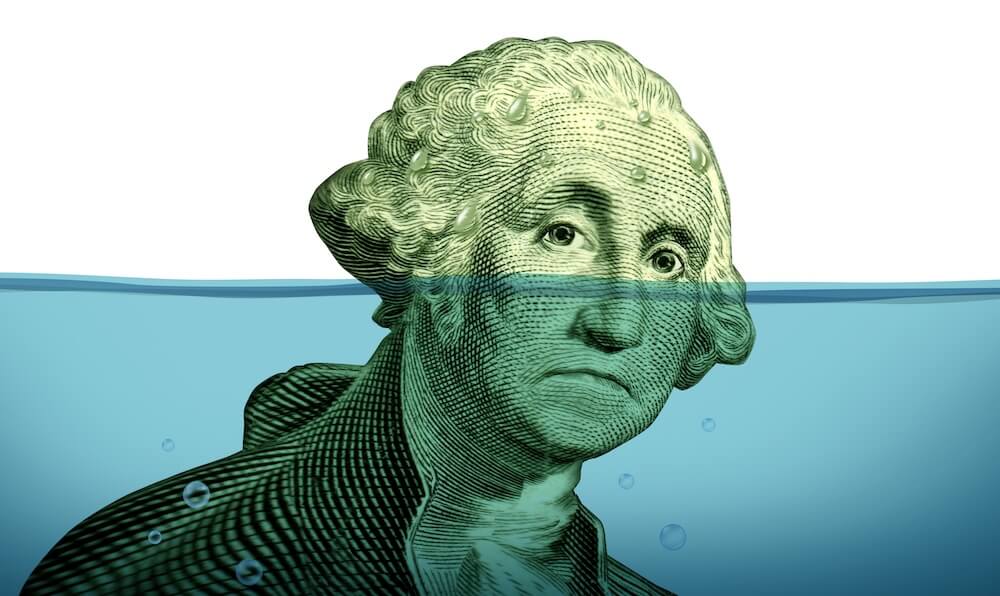
Posted June 16, 2025
By Enrique Abeyta
The Bitcoin Standard
Bitcoin is having a moment.
The world’s leading crypto has now held above $100,000 for over 30 days straight for the first time ever.
Not long ago, Bitcoin hitting six figures in the first place seemed unthinkable to many investors, let alone finding support at that level.
But now, Bitcoin’s status as an asset class and store of value can no longer be ignored.
What’s interesting is that Bitcoin isn’t rising alone. Its recent surge has coincided with a bull market for gold, which is up roughly 29% year-to-date.
Gold's role as a store of value may be widely accepted today. However, its history is more nuanced than you might think.
By understanding how gold rose to dominance, we can better understand how Bitcoin might follow.
Today’s piece tracks gold’s history as a store of value. If you're wondering whether Bitcoin could join gold — or even replace it — this will put things into perspective.
Gold’s Blueprint for Bitcoin
Gold had been around for thousands of years before it was ever used as a currency or considered a store of value.
While gold has been prized for millennia, its use in coinage is more recent than you might think. As early as the third millennium B.C.E, Egypt produced a standardized “ring” money of gold.
From there, the many cultures across the Western world would continue to use gold as a medium of exchange. What’s interesting is that gold was rarely the dominant currency.
It was too rare and valuable for everyday use. Instead, most economies relied on silver and bronze for daily transactions, reserving gold for large trades, savings, or state-level reserves.
Gold certainly played a role, but by no means a primary one. So it’s hard to argue that it was considered a store of value in the same way it is now.
This changed when Great Britain ascended to global dominance and instituted a system where gold became a medium of exchange with constant value across the world.
As global trade expanded, it became necessary to have this medium of exchange. Interestingly, many countries also kept large stores of silver as a proxy for gold.
Up until 1850, only Britain and some of its colonies were on the gold standard. The rest of the world used silver or a mix of metals.
The gold rush in the United States, however, led to much more dramatic adoption of the gold standard.
Beginning in the late 1800s, most countries transitioned to some form of a gold standard. It originated in Europe and subsequently spread to Asia by the early 1900s.
The reality is that it was only a 75-year period in which gold ascended to the status of the universal global store of value and was used as currency.
What ended it? World War I sent economic ramifications worldwide, causing governments to lose some control over their economies.
By holding to the gold standard, they were unable to help their economies as much as they could previously.
Legally, many countries maintained a gold standard. But in practice, they were departing substantially from adhering to it. The Great Depression further eroded adherence to this idea.
This was cemented when President Franklin D. Roosevelt officially departed from the gold standard upon taking office in March 1933. This allowed the government to devalue the dollar against gold and begin to attempt to stimulate the economy.
Other systems maintained a role for gold in the currency system after this. But at this point, the U.S. dollar became more important than gold as a medium of international exchange.
These ties continued until roughly 1976, when the U.S. officially changed the definition of the dollar to remove references to gold from the standard.
Now, this may be just a very abridged version of gold’s history as a global currency. But there is a valuable lesson in all of this…
Don’t Count Bitcoin Out
Gold has held value for thousands of years, but was really only adopted as a primary currency about 150 years ago. That period lasted roughly 100 years.
At that point, it was replaced by the U.S. dollar, which has held a dominant position for the last 75 years.
Now, there are major debates about whether that will last and what will happen next.
But the central point remains that an asset’s status as a "store of value" is far more fluid than most people realize.
Gold held the crown for about a century. The U.S. dollar has dominated for roughly 75 years. Neither position was permanent, and neither began as obvious or uncontested.
I’m not suggesting that gold or the dollar will collapse. But history shows that what seems stable today can shift quickly, and something new can rise in its place.
That’s what makes Bitcoin’s rise so compelling.
In an increasingly digital, decentralized world, the idea that a new asset could take the mantle for the next 50 years isn’t far-fetched — it’s entirely consistent with the past.
If you think the store of value has already been decided, history might disagree.
Sign Up Today for Free!
Truth & Trends brings you market insights and trading tips you won't find anywhere else — unless you have your own personal hedge fund manager on speed dial...
Meet Enrique Abeyta, one of Wall Street’s most successful hedge fund managers. With years of experience managing billions of dollars and navigating the highs and lows of the financial markets, Enrique delivers unparalleled market insights straight to your inbox.
In Truth & Trends, Enrique shares his personal take on what’s moving the markets, revealing strategies that made him a star in the world of high finance. Whether it’s uncovering the next big trend or breaking down the hottest stocks and sectors, Enrique’s insights are sharp, actionable, and proven to work in any market condition.
Inside these daily updates, you’ll gain:
- 50 years of combined trading wisdom distilled into actionable insights.
- A behind-the-scenes look at how Wall Street pros spot opportunities and avoid pitfalls.
- Exclusive strategies that Enrique personally uses to deliver exceptional returns — no fluff, just results.
To have Truth & Trends sent directly to your inbox every weekday, just enter your email address below to join this exclusive community of informed traders.
Don’t miss your chance to learn from one of the best in the business.
Sign up now and take your trading game to the next level.

War, Media Game of Thrones, and a Shocking Assassination
Posted December 29, 2025
By Enrique Abeyta

Will We Get a Santa Claus Rally… or Coal?
Posted December 25, 2025
By Enrique Abeyta

This $5 Stock TRIPLED After I Told You About It
Posted December 23, 2025
By Ian Culley

My 2025 Prediction Report Card
Posted December 22, 2025
By Enrique Abeyta

Pot Stocks Not So High Now!
Posted December 19, 2025
By Greg Guenthner

